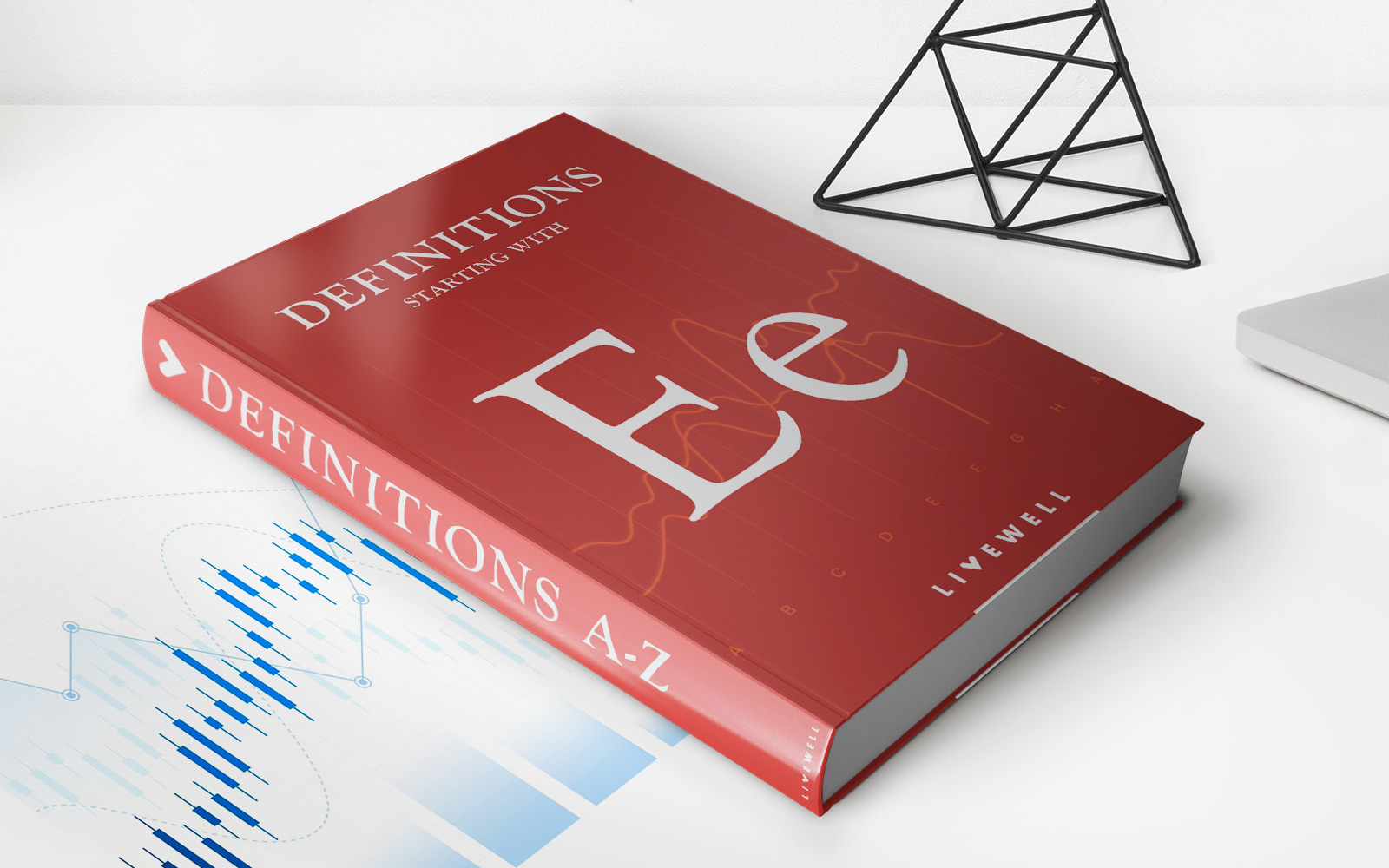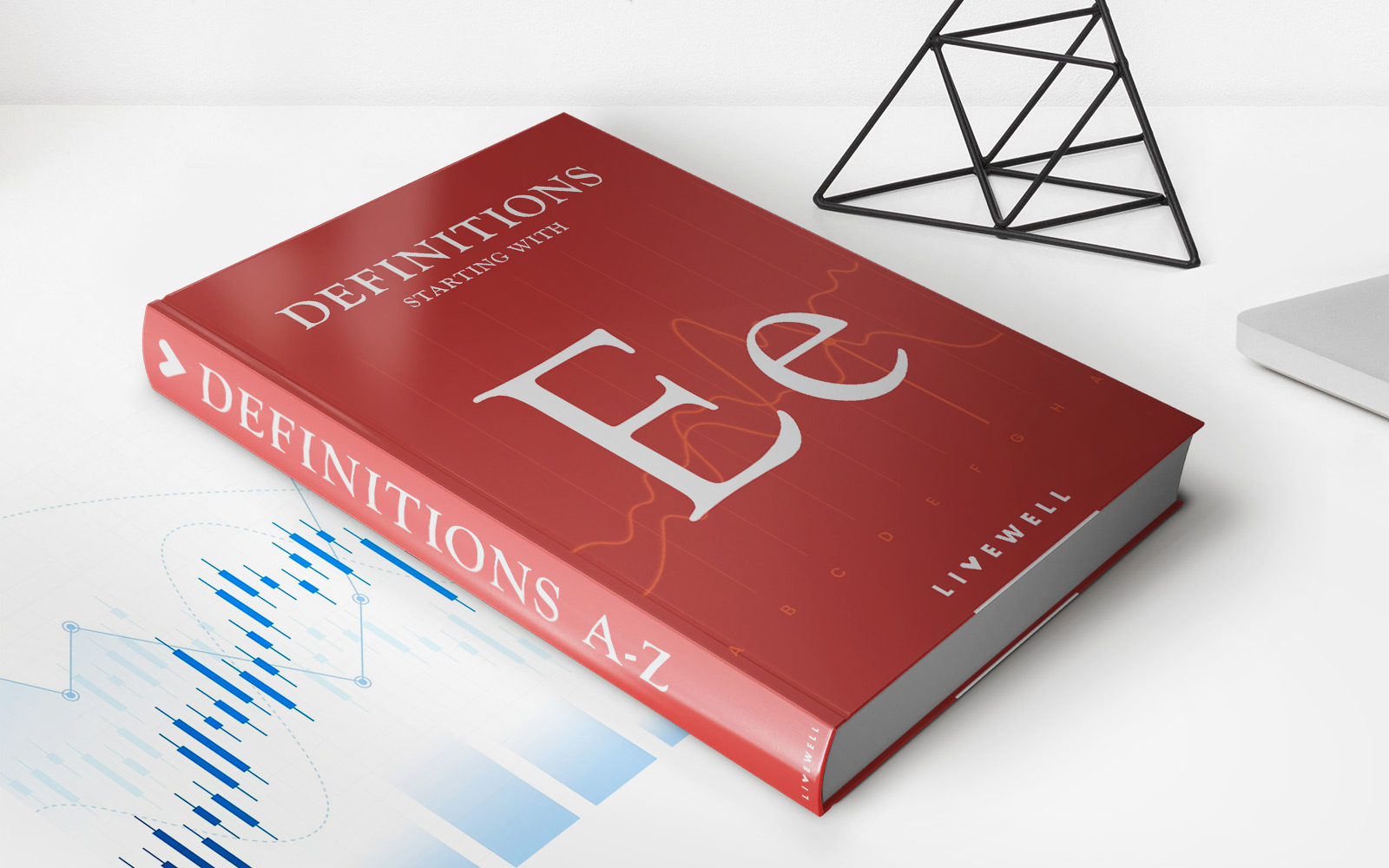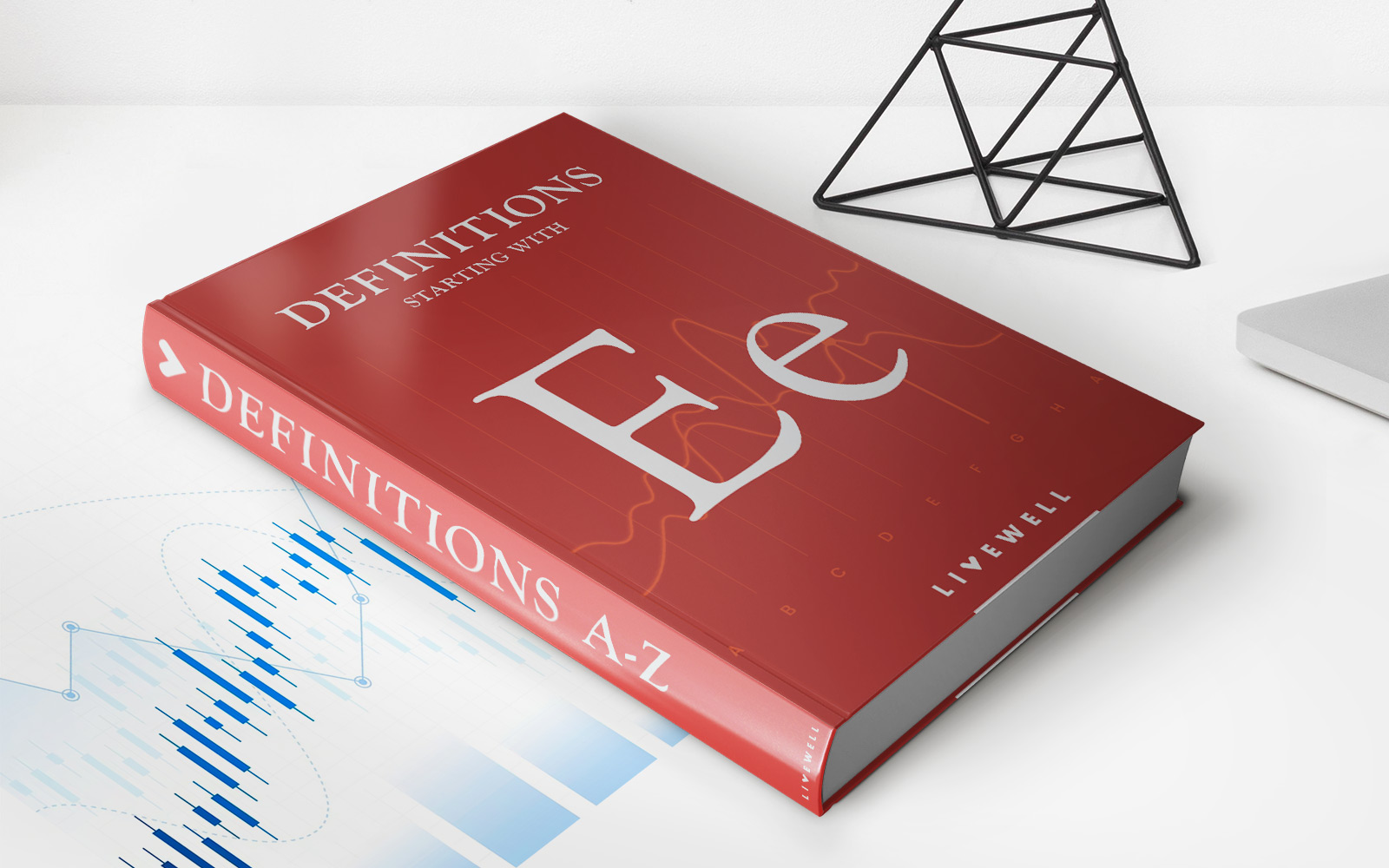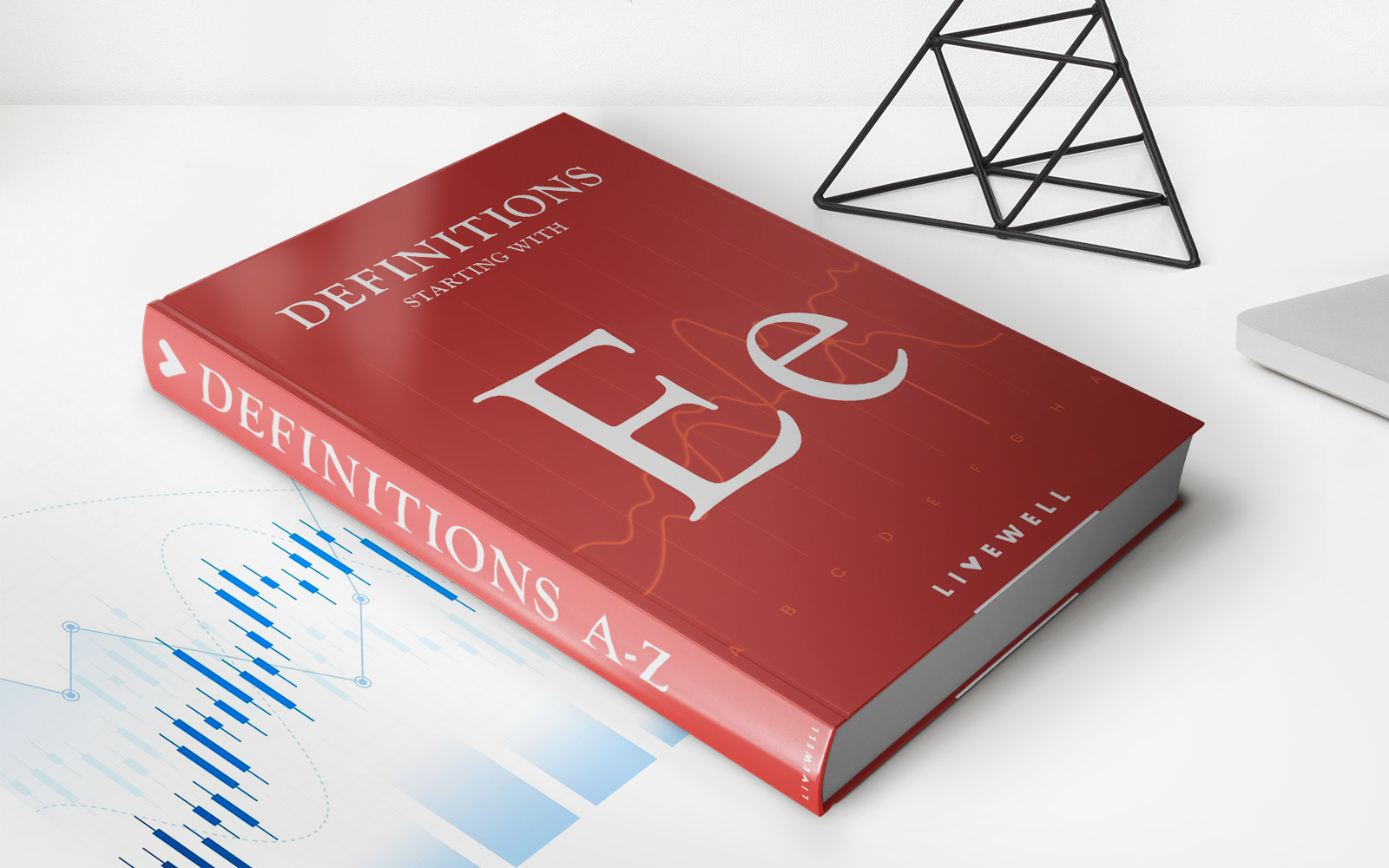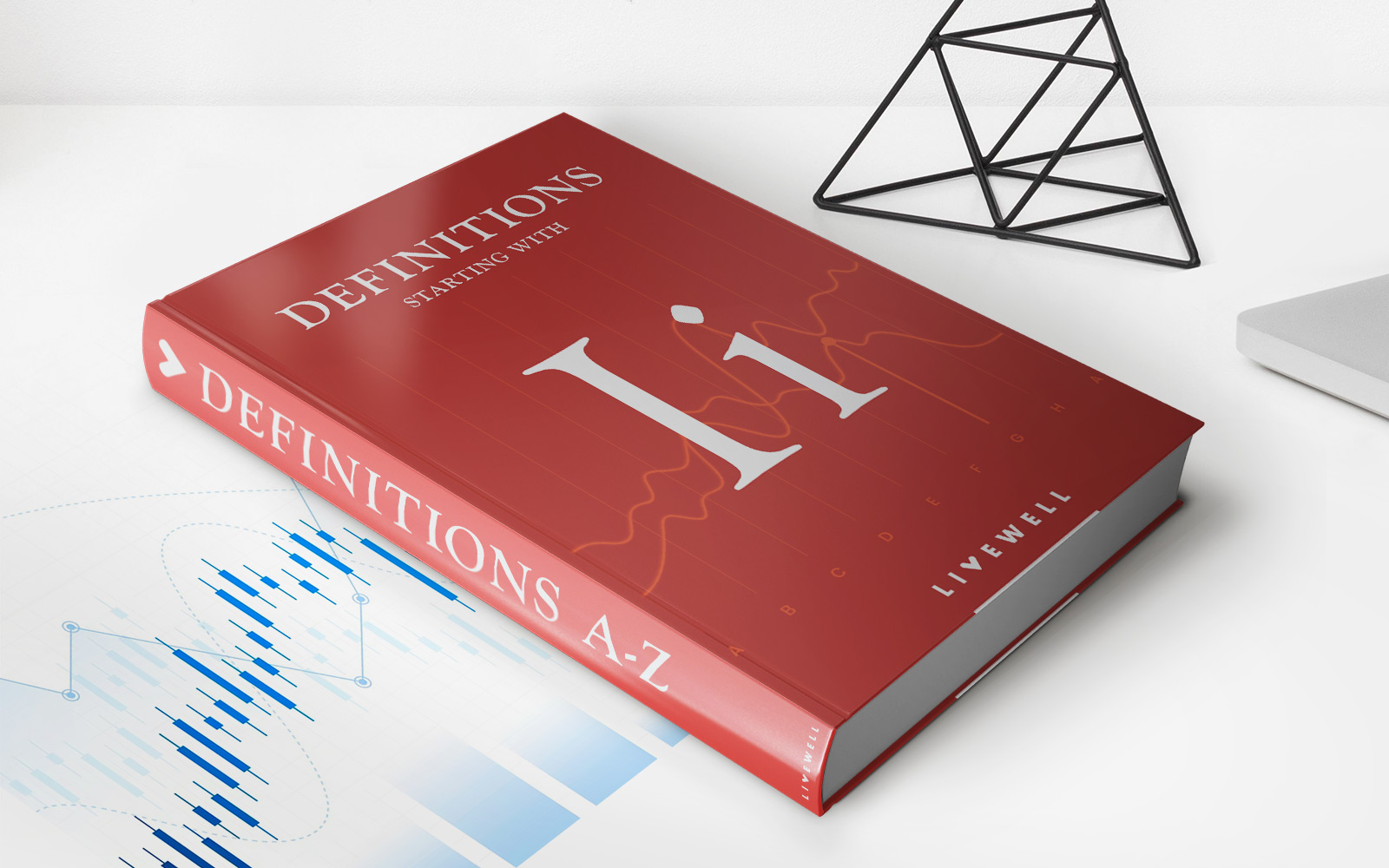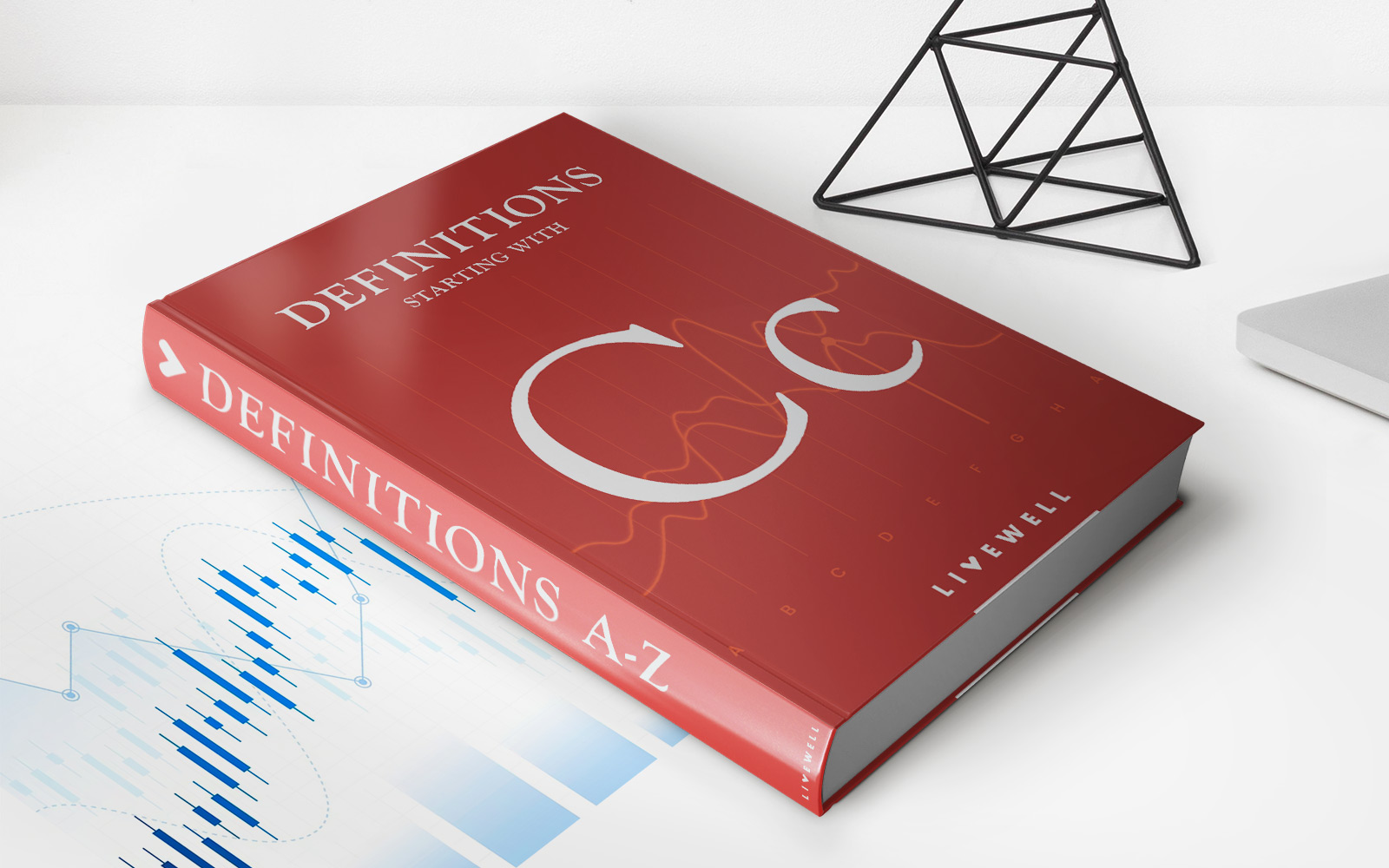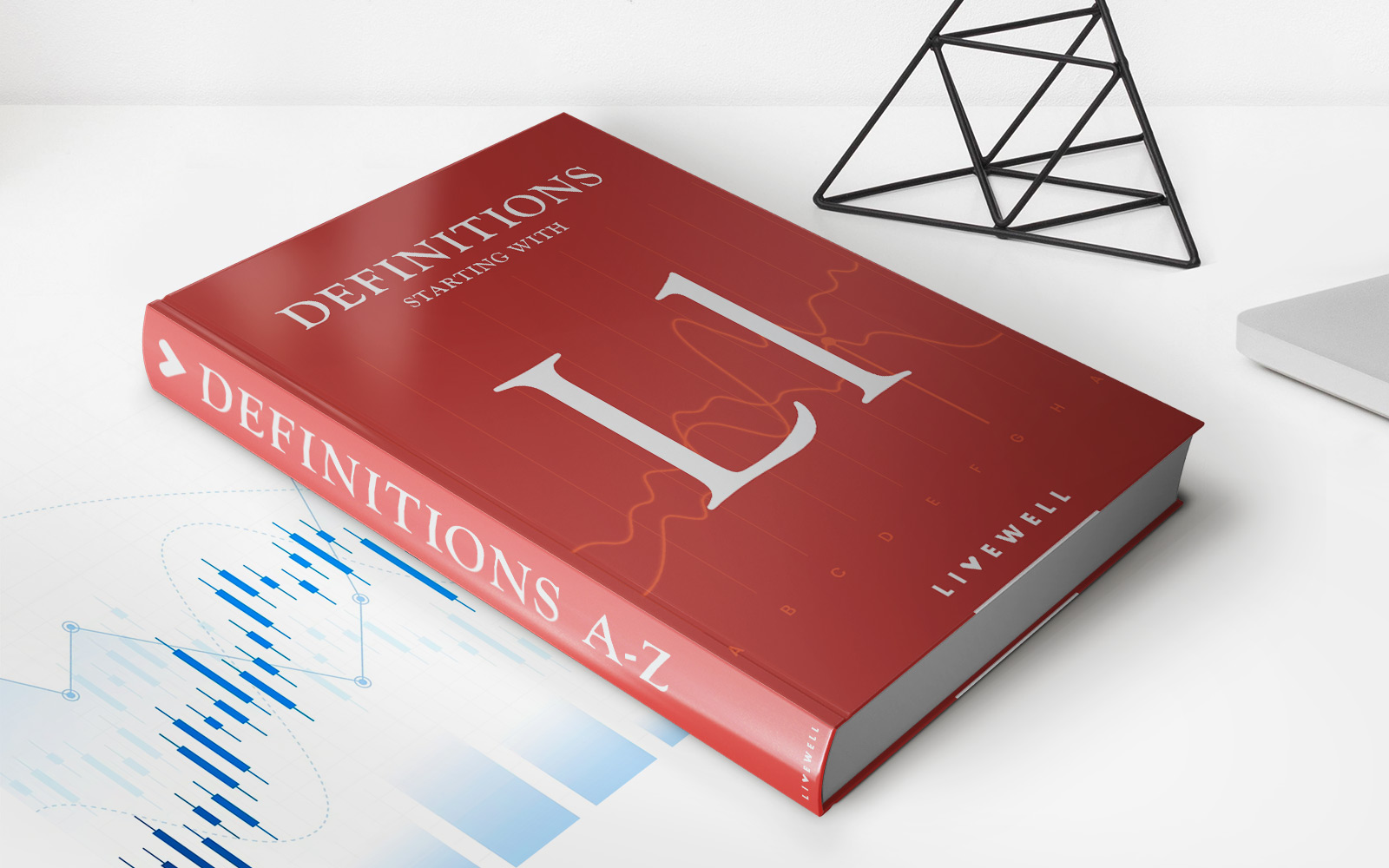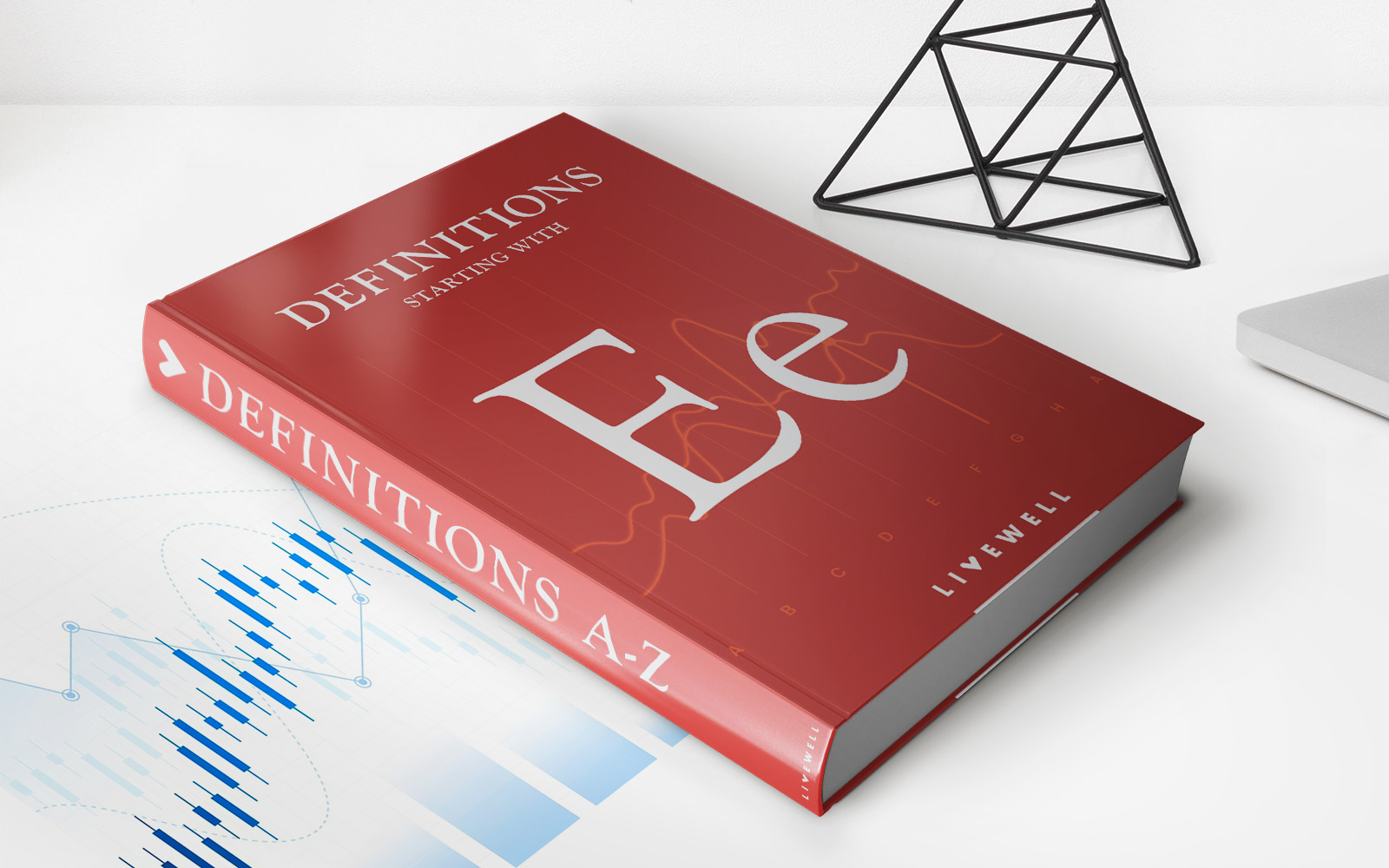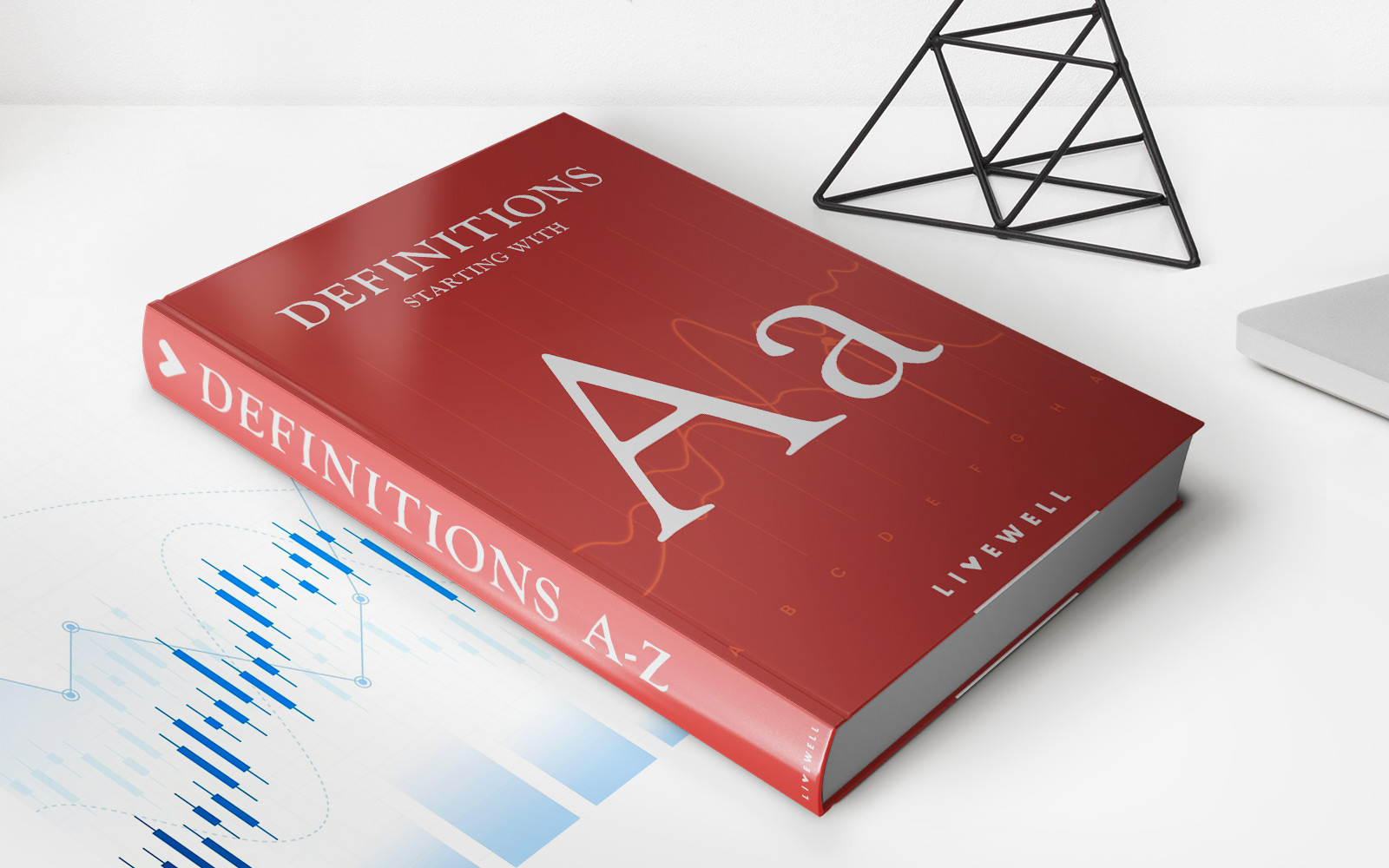Home>Finance>Economic Indicator: Definition And How To Interpret


Finance
Economic Indicator: Definition And How To Interpret
Published: November 16, 2023
Learn what economic indicators are and how to interpret them in the finance industry. Enhance your understanding of finance with this comprehensive guide.
(Many of the links in this article redirect to a specific reviewed product. Your purchase of these products through affiliate links helps to generate commission for LiveWell, at no extra cost. Learn more)
Economic Indicator: Definition and How to Interpret
Welcome to our Finance blog category, where we aim to provide valuable insights and information to help you navigate the complex world of finance. In this post, we’ll be focusing on a key topic that every investor and economist should understand: Economic Indicators. What are economic indicators, and how can they be interpreted? Let’s dive in!
Key Takeaways:
- Economic indicators are statistical data points that provide insights into the health and direction of an economy.
- Understanding and interpreting economic indicators can help investors make informed decisions and policymakers create effective policies.
First, let’s start with the definition. Economic indicators are statistical data points that provide insights into the health and direction of an economy. They help us understand the overall economic activity, including factors such as growth, employment, inflation, consumer sentiment, and more.
Interpreting economic indicators is crucial for investors, as they can provide valuable cues for making investment decisions. Additionally, policymakers rely on these indicators to assess the state of the economy and implement appropriate measures to stabilize or stimulate growth.
To help you navigate the world of economic indicators, here are some key points to consider:
1. Know the Types of Economic Indicators
There are three main types of economic indicators:
- Lagging indicators: These indicators confirm trends that have already occurred, such as unemployment rate or stock market performance.
- Leading indicators: These indicators provide signals about future economic trends. Examples include building permits, stock market indices, and consumer sentiment surveys.
- Coincident indicators: These indicators move in tandem with the overall economy and provide real-time information. Gross Domestic Product (GDP) and industrial production are examples of coincident indicators.
2. Understand the Relationship Between Indicators and the Economy
Economic indicators are interconnected. For example, high employment rates can lead to higher consumer spending, which in turn can drive economic growth. Understanding these relationships can help investors and policymakers anticipate future trends.
3. Follow Major Economic Indicators
Some of the most widely watched economic indicators include:
- Gross Domestic Product (GDP): Measures the total value of goods and services produced in an economy.
- Unemployment Rate: Measures the percentage of the labor force that is unemployed and actively seeking employment.
- Inflation Rate: Measures the rate at which prices of goods and services are rising.
- Consumer Price Index (CPI): Measures changes in the price level of a basket of consumer goods and services.
- Stock Market Indices: Reflect the performance of the overall stock market and can indicate investor sentiment.
4. Consider Historical Data and Trends
When interpreting economic indicators, it’s essential to analyze historical data and trends. This can help identify patterns and make more accurate predictions about the future state of the economy.
5. Be Mindful of External Factors
Economic indicators can be influenced by external factors, such as government policies, global events, and natural disasters. It’s crucial to consider these factors when interpreting the indicators and their implications.
By understanding and interpreting economic indicators, investors and policymakers can make more informed decisions. Keep in mind that economic indicators are not infallible predictors, and other factors may also impact the economy. However, they serve as valuable tools for assessing the overall economic climate and forming strategies accordingly.
We hope this blog post has shed light on the importance of economic indicators and how to interpret them. Stay tuned to our Finance category for more insightful articles!


